Join us
We are looking for strongly motivated students with an interest in applying machine learning to computer vision, robotics and more broadly artificial intelligence.
Internships and thesis projects can lead to a PhD in the ELLIS Unit at CIIRC in Prague with the possibility of spending part of the time at other Units in the ELLIS network.
Internship and Thesis topics

Analysis of Molecular Dynamic Simulations for Alzheimer’s Disease Research using VAMPnet Neural Networks
Supervisors
Jiri Sedlar, Josef Sivic, Tomas Pajdla, Torsten Sattler, Stanislav Mazurenko, Sergio Marques, David Bednar, Jiri Damborsky
Motivation
One of the characteristics of Alzheimer’s disease (AD) is the formation of neurotoxic aggregates of Aβ42 (Abeta) peptide. Understanding the dynamic properties of this protein is a key to determine the effects of drug candidates for potential AD treatment. Ambition of the project is to identify novel drug candidates for pre-clinical and clinical testing.
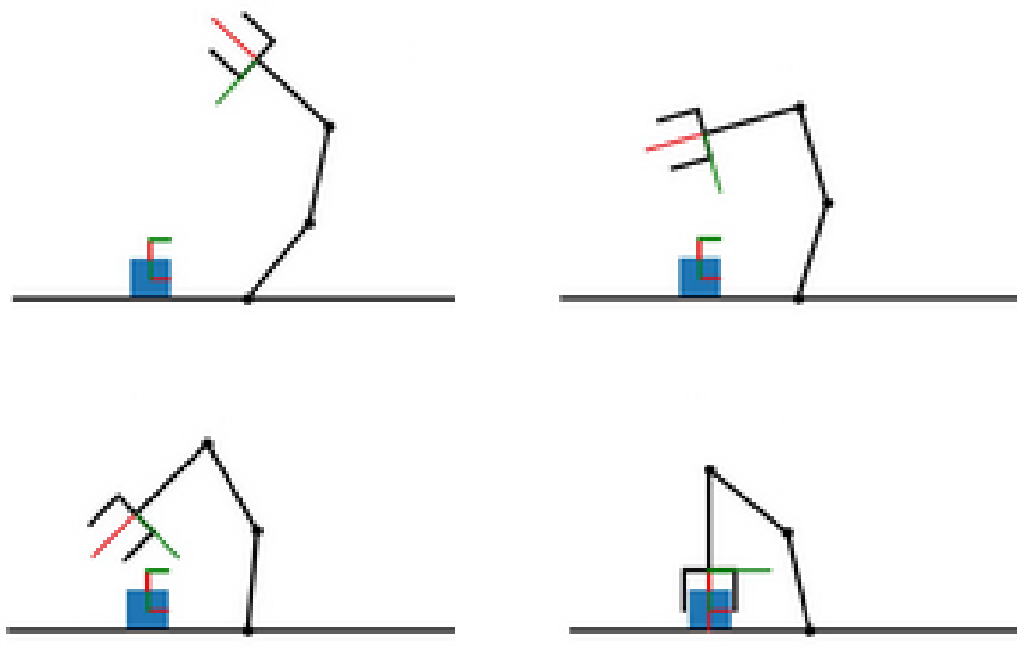
Generative models for robot motion representation
Supervisors
Mederic Fourmy, Vladimir Petrik, Josef Sivic
Motivation
The goal of this project is to use similar architecture to generate the motion of the robot given the prompt defined as the start and goal configuration of the robot and by encoded geometrical representation of the surrounding environment. The training dataset will be created by solving task-and-motion planning problems via Humanoid Path Planner. The goal is to study the generalization capability of the model to predict motions that were not seen during the training. The direct application of the motion representation is to warm-start the optimal control problem solver for robot control to avoid solving computationally expensive path planning problems online.
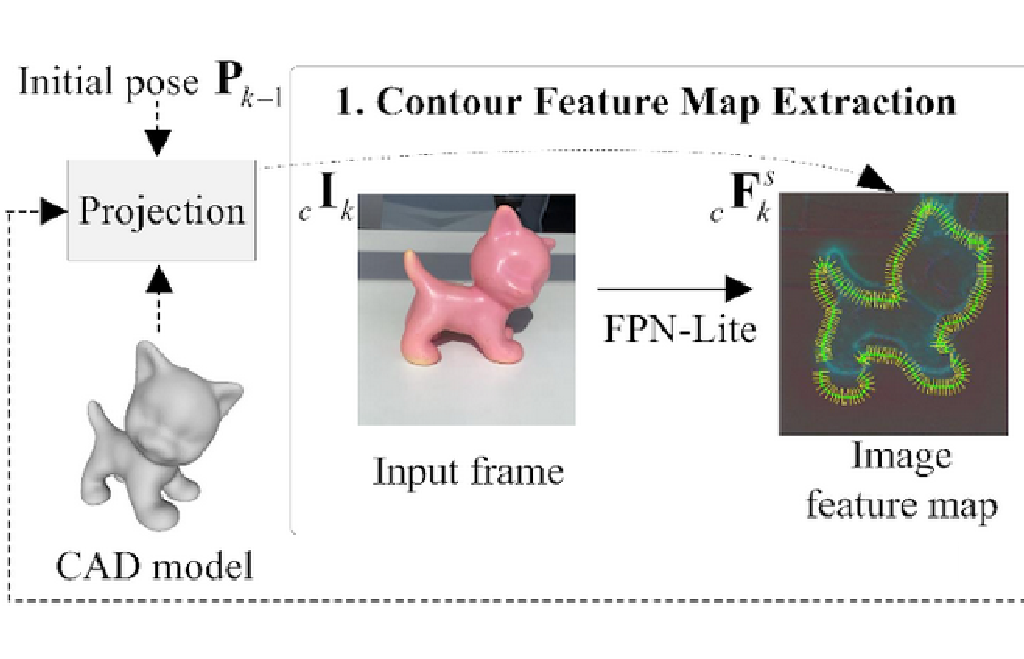
Deep active contours for object pose refinement and tracking
Supervisors
Mederic Fourmy, Vladimir Petrik, Josef Sivic
Motivation
Object 6D pose estimation and tracking are hard problems due to the wide variety of real-world object shapes, textures, lighting conditions, occlusion. It is however crucial for robotics, with applications such as object manipulation or collision avoidance. Two requirements need to be fulfilled: precision (e.g., error less than a centimeter for tabletop objects) and speed (for fast-moving objects).
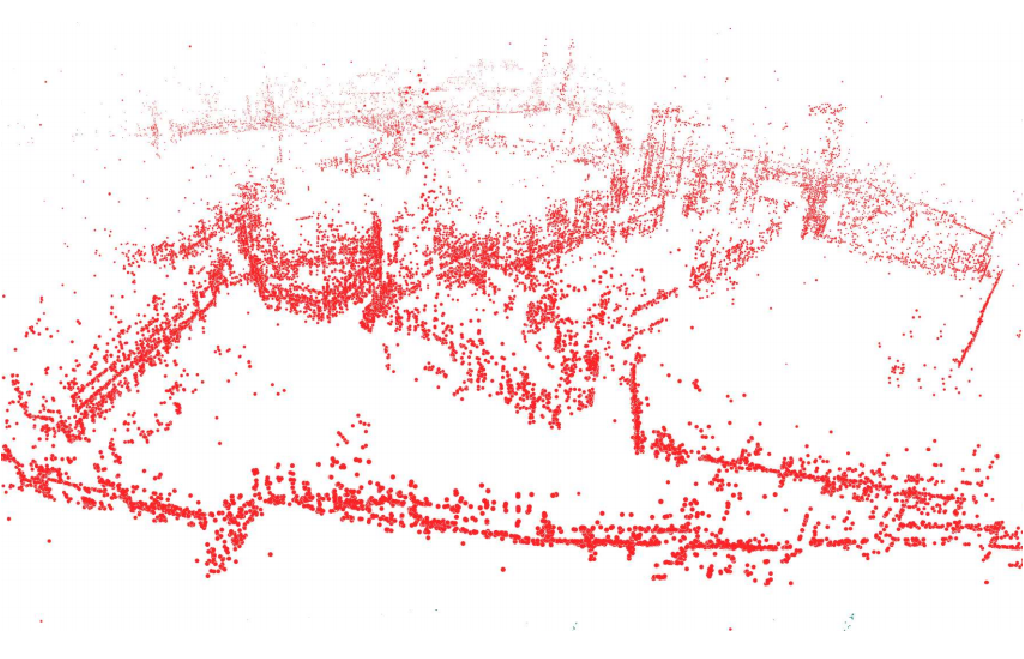
Learning Local Features from Generative Image Models
Supervisors
Torsten Sattler
Motivation
Local features play an important role in many 3D computer vision algorithms, including visual localization and Structure-from-Motion. A typical requirement of these algorithms is that features can be robustly matched under changing conditions, e.g., day-night changes or seasonal changes. However, acquiring suitable training data to train robust features is a challenging problem itself: First of all, it is necessary to obtain data of the same place under different conditions. Next, one needs to associate these images. The idea behind this thesis is to avoid these issues using modern generative models that can generate images based on text prompts, e.g., Stable Diffusion.
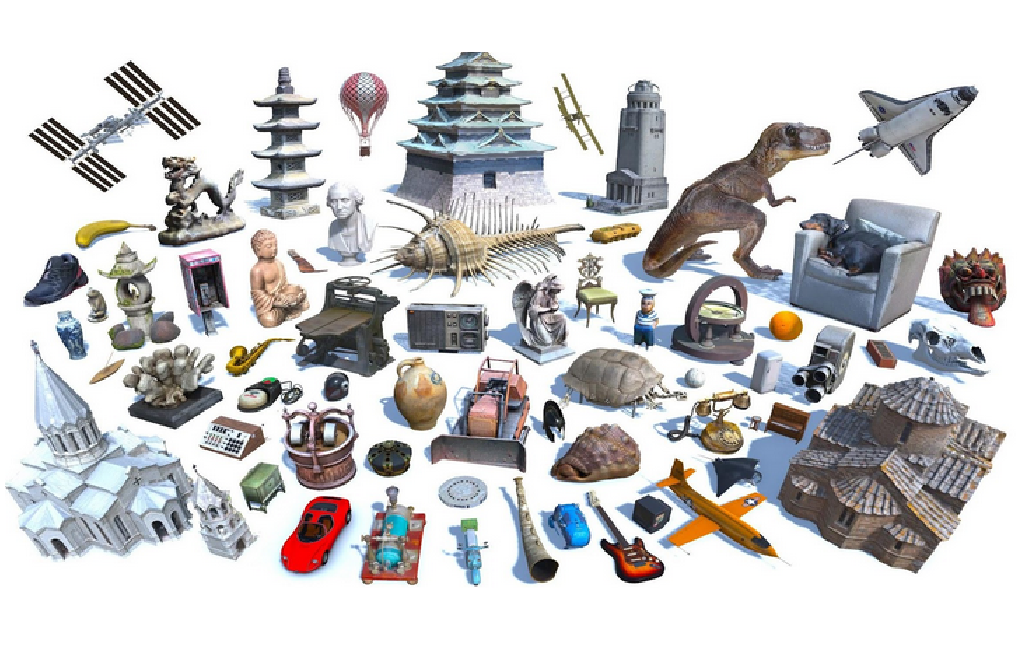
Generating „Realistic“ Camera Views of 3D Models
Supervisors
Torsten Sattler
Motivation
Modern deep-based computer vision approaches, e.g., local features, 3D reconstruction, etc., need large amounts of training data. Often, such methods need annotations that are expensive to obtain from real-world images, e.g., accurate scene geometry, pixel-level correspondences between images, depth maps, optical flow, etc. At the same time, large repositories of 3D models are becoming available, e.g., the 3D model sharing platform Sketchfab and 3D model datasets such as Objavers. This allows generating training images by rendering 3D models. This enables generating accurate annotations. This enables generating accurate annotations. However, this requires being able to identify a set of potentially interesting viewpoints per scene automatically in order to scale to many scenes.
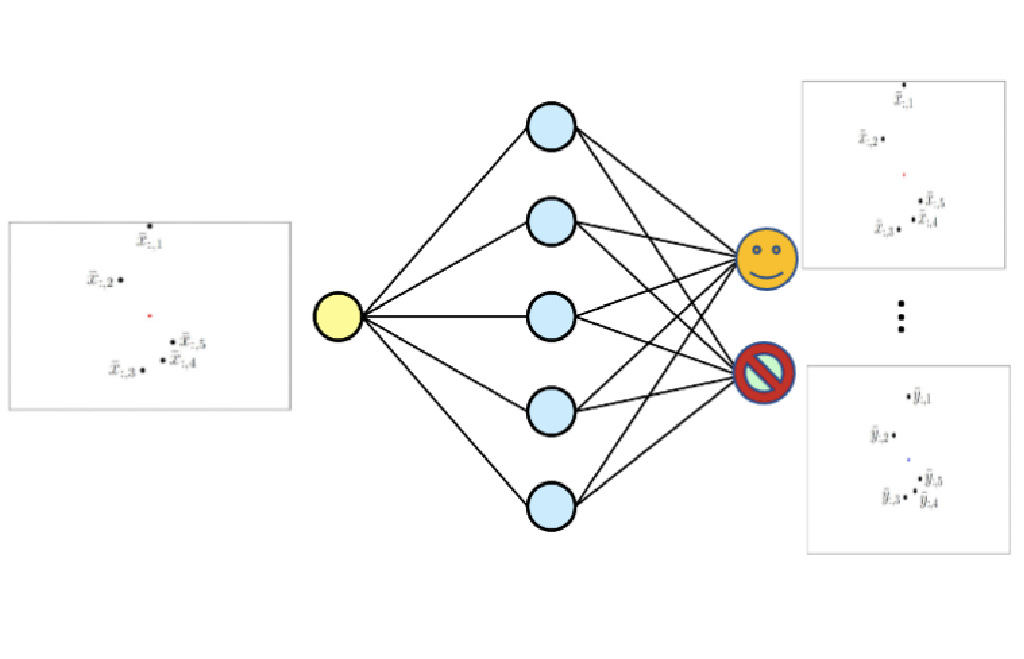
Learning to solve multiple-view geometry
in Computer Vision
Supervisors
Tomas Pajdla
Motivation
We aim at using machine learning to address long-standing problems in multiple view geometry that traditional techniques cannot solve. Previous methods for computing camera geometry from image matches can coped efficiently with only relatively simple problems in two-view geometry. We have developed first steps to solving hard problems in multiple-view geometry by using machine learning to tune techniques from numerical algebraic geometry to the data, thus making them tractable and efficient [LSHMP,FVGURD].

Machine learning for the design of protein-protein interactions
Supervisors
Anton Bushuiev, Roman Bushuiev, Petr Kouba, Jiri Sedlar, Jiri Damborsky, Stanislav Mazurenko, Josef Sivic
Motivation
Proteins are large molecules that drive nearly all processes in living cells. The analysis of protein-protein interactions (PPIs) and their design unlocks application areas of tremendous importance, most notably in healthcare and biotechnology2. Recently, we have developed PPIformer, a new self-supervised method to design protein-protein interactions by training from a large number of potentially all known PPI structures. PPIformer was shown to outperform existing methods and, therefore, opens up an exciting space for its further development and applications to practical case studies.
